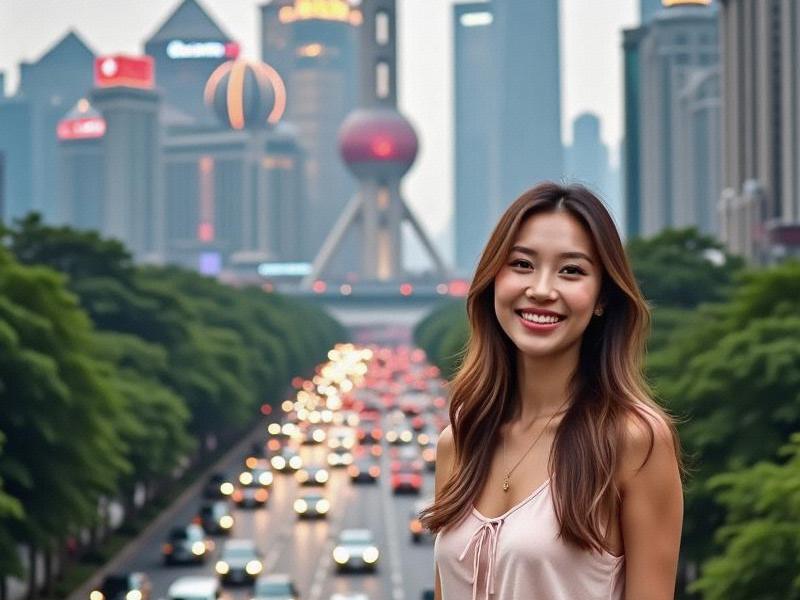This in-depth cultural exploration examines how Shanghai is reinventing itself as a global cultural capital while preserving its unique historical identity amidst rapid modernization.

The scent of oil paint mingles with century-old mahogany as young artists brush canvases in repurposed textile mills along Suzhou Creek. Across town, augmented reality installations transform colonial-era bank buildings into interactive art pieces. This is Shanghai's cultural moment - a dynamic synthesis of past and future unfolding across the city's distinctive urban fabric.
Recent cultural indicators reveal the scale of transformation:
- Shanghai now hosts over 200 contemporary art galleries, a 300% increase since 2015
- The city's creative industries contribute 13.4% to GDP, surpassing financial services
- Historic preservation spending reached $850 million in 2024, protecting 1,284 heritage buildings
"Shanghai has always been China's cultural laboratory," notes Dr. Lin Yuming, cultural historian at Fudan University. "What's new is how intentionally the city is leveraging both its cosmopolitan heritage and cutting-edge creativity."
爱上海同城对对碰交友论坛
Four pillars of Shanghai's cultural renaissance:
1. The Art District Revolution:
West Bund's 9-kilometer museum corridor now rivals London's South Bank, housing the eye-catching Long Museum and Tank Shanghai contemporary art complex. "We're creating a 24/7 cultural ecosystem," says curator Mia Chen, gesturing to riverside performance spaces buzzing with activity.
2. Heritage Reimagined:
夜上海419论坛 The 1933 Slaughterhouse - once a grim industrial relic - now hosts fashion shows in its stunning Art Deco labyrinth. Similar adaptive reuse projects have transformed over 70 historic structures into cultural venues since 2020.
3. Digital Culture Frontier:
Pudong's newly opened Digital Art Museum attracts over 10,000 visitors daily to its immersive exhibitions blending traditional Chinese aesthetics with AI-generated art. "This is where ink painting meets machine learning," explains director Zhang Wei.
4. Neighborhood Cultural Revival:
In the restored shikumen alleys of Tianzifang, third-generation residents operate boutique galleries alongside traditional tea houses. "We're not preserving a museum - we're keeping a living culture," says shop owner Madame Li.
上海喝茶群vx
Challenges remain. Rising rents threaten independent artists, while some critics argue commercialization dilutes authentic culture. The municipal government has responded with artist housing subsidies and stricter controls on heritage site usage.
As dusk falls over the French Concession, the scene encapsulates Shanghai's cultural duality: elderly residents practice tai chi in century-old courtyards while augmented reality murals on adjacent walls come alive with digital animation. In this city where eras constantly collide, culture isn't just preserved - it's perpetually reinvented.
With major projects like the Shanghai Grand Opera House set to open next year and the city's bid to become UNESCO's next Creative City of Design, Shanghai's cultural ambitions continue to soar. The message is clear: this global metropolis intends to shape 21st century culture as dramatically as it transformed its own skyline.